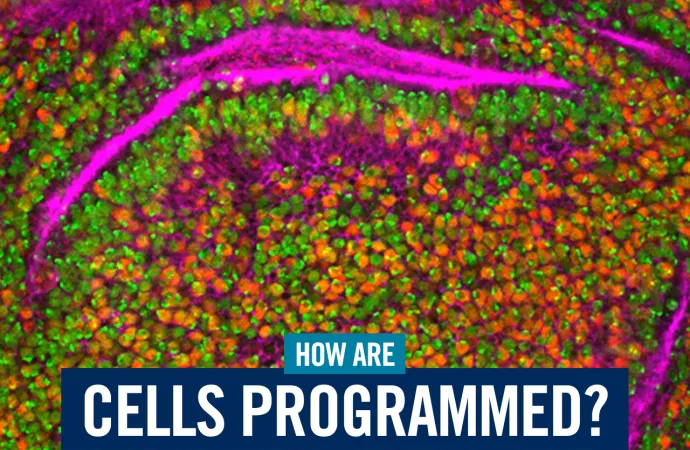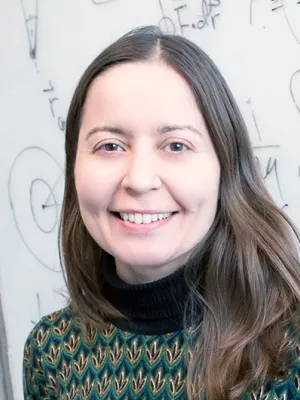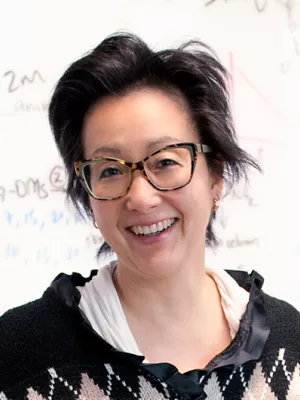
Cells are complex systems whose networks of interconnected components follow sophisticated functional “programs” to turn chemistry and physics into biology. By understanding how living systems sense information in their environment, process and store that information, and generate robust responses, we seek to improve our understanding of the natural world and our ability to influence cells in beneficial directions.
Research in the Department of Chemical and Physical Sciences includes theoretical and experimental investigations of the fundamentals of biological function, as well as efforts that leverage our knowledge of biology to target and engineer cells, improving human health and environmental sustainability.

Virgis Barzda
Non-invasively images live cells and subcellualar organelles to study cardiac and skeletal muscle cells and the organization of cancerous tissue.

Claudiu Gradinaru
Uses single-molecule fluorescence spectroscopy to reveal conformations, interactions and dynamics of intrinsically disordered proteins and GPCR receptors.

Andreas Hilfinger
Develops theoretical tools to translate biological data from single cells into an understanding of how cellular components interact to form the whole.

Voula Kanelis
Uses NMR spectroscopy and other biophysical tools to obtain molecular-level details of proteins (e.g. ABC transporters), and understand how genetic changes in proteins cause disease.

Dave McMillen
Uses synthetic biology approaches to design cell-based solutions to problems in sensing and human health, in Canada and in under-resourced global communities.

Joshua Milstein
Builds single-molecule tools to study the cellular organization and dynamics of proteins and nucleic acids.

Scott Prosser
Uses NMR Spectroscopy to understand protein folding and misfolding, how enzymes function, and the dynamics of GPCR receptors.

Sarah Rauscher
Applies computational biophysics to understand the atomistic structure and dynamics of intrinsically disordered proteins.

Jumi Shin
Designs “frankenproteins” that regulate targeted gene circuits by binding specific DNA sequences.
